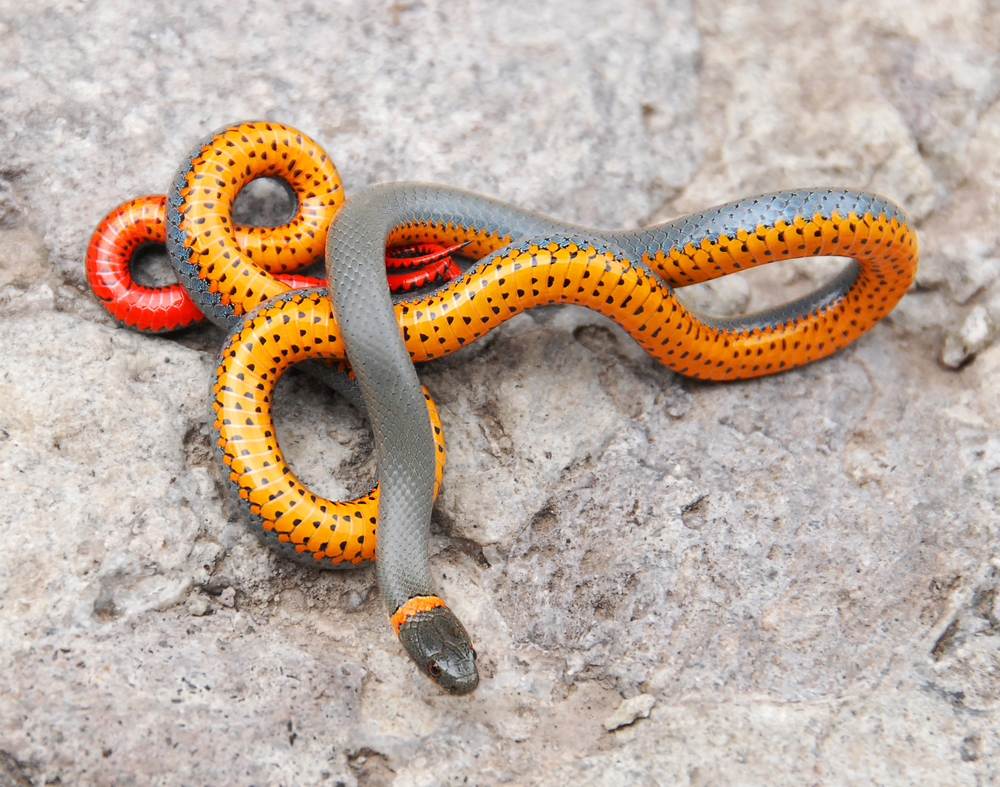Have you ever been curious to know how long snakes live? Many people are unaware of the longevity of these fascinating creatures. In this article, we will discuss the mystery of how long snakes live and uncover some interesting facts about their lifespans. From the oldest known species to the factors that affect their longevity, we will explore the fascinating world of snake longevity.
Lifespan of Snakes in the Wild
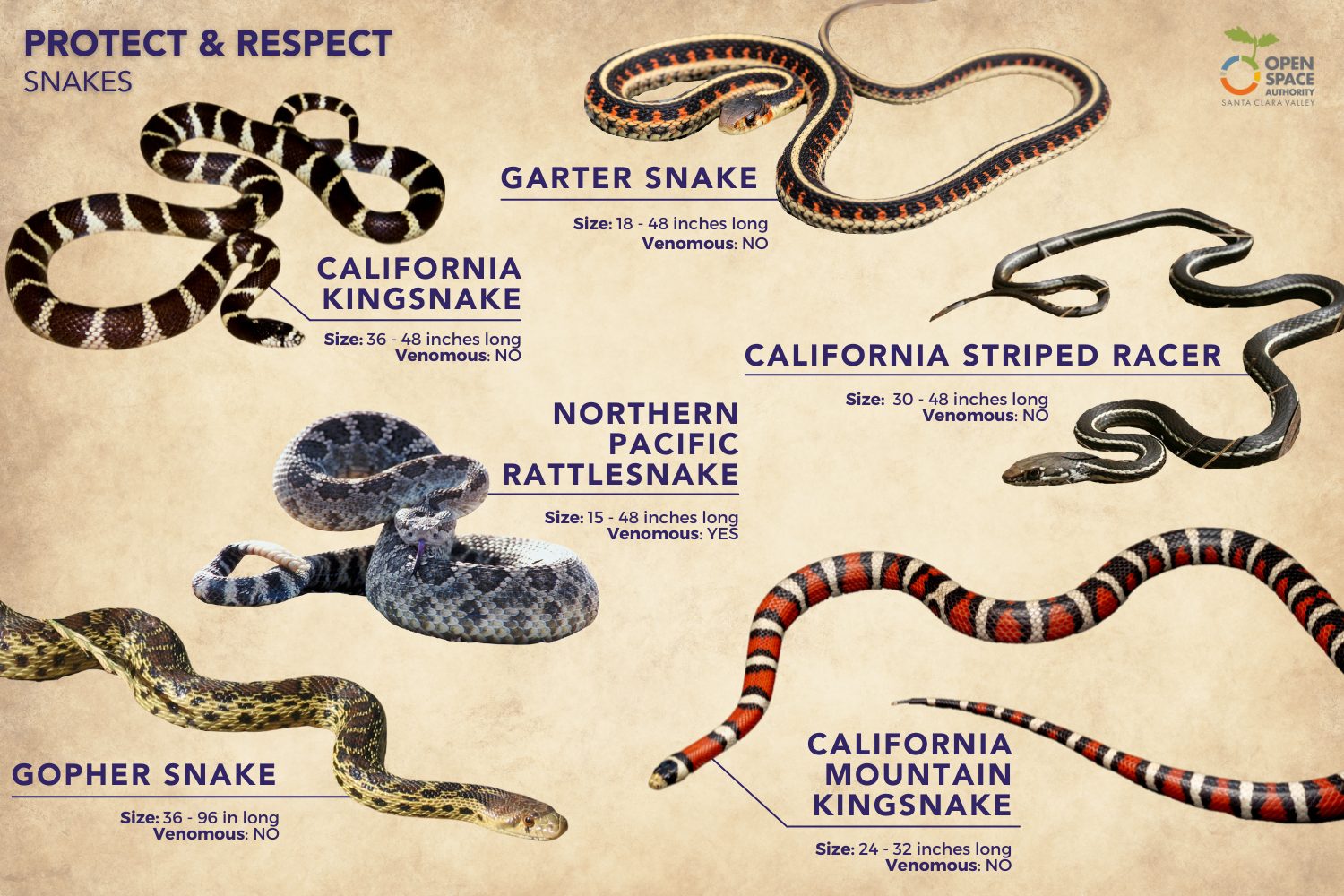
Snakes can live for a range of between 5 to 40 years in the wild, depending on the species. The average lifespan of a wild snake is usually between 10 to 15 years. The largest and longest living snake species, the reticulated python, can live up to 25 years in the wild. Smaller species of snakes, such as garter snakes and rat snakes, typically live between 5 to 10 years in the wild. Other factors, such as food, habitat, and predators, can also affect the lifespan of a wild snake.
Variables Affecting Lifespan
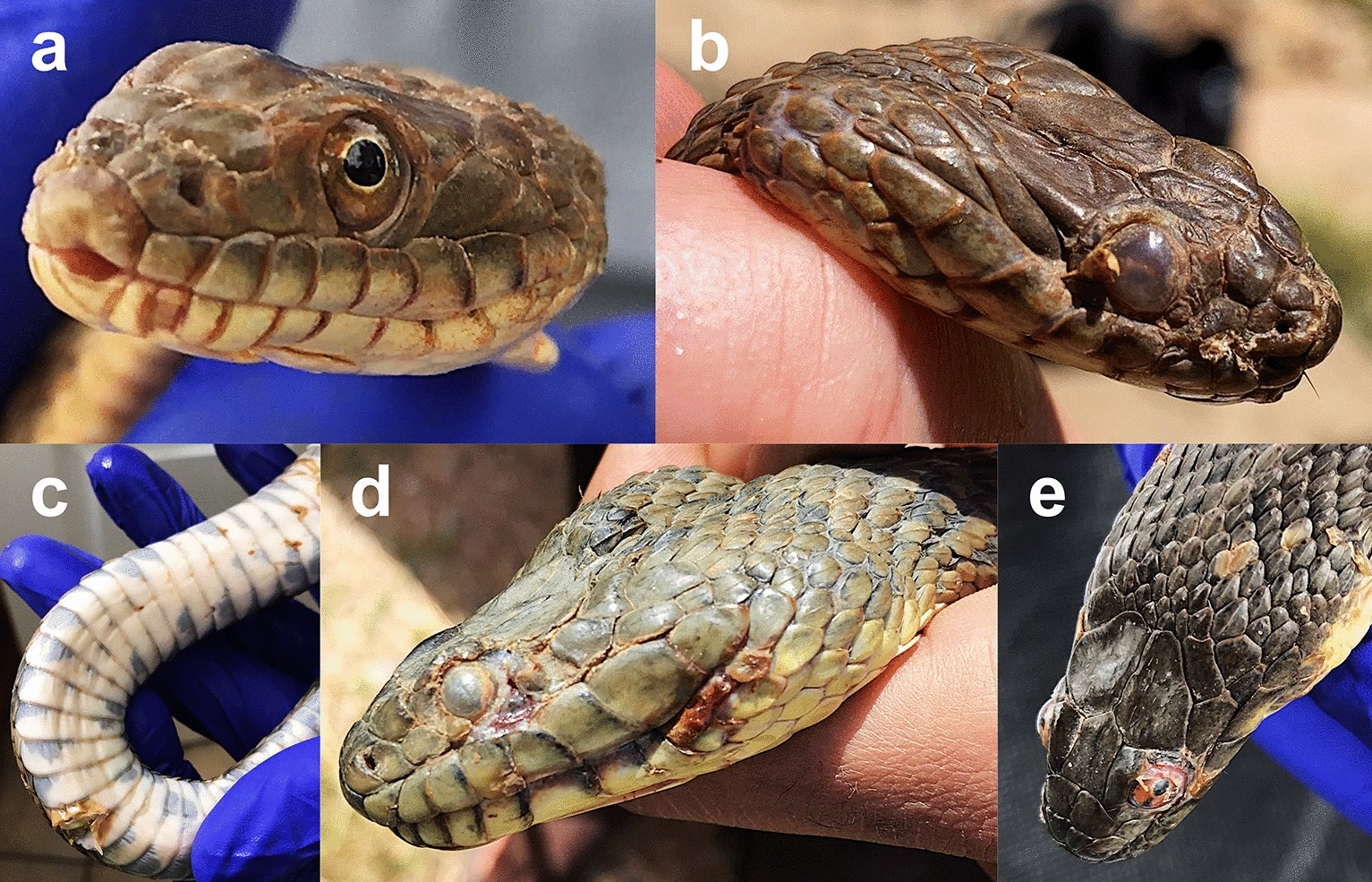
| Variables | Effect |
|---|---|
| Species | Different species of snakes have different life expectancies, with some living as little as 4 years and others as long as 40. |
| Size | Generally, larger snakes tend to live longer than smaller ones. |
| Diet | Good nutrition is essential for a snake’s health and longevity. |
| Genetics | Genetics plays a role in determining how long a snake will live. |
| Environment | The environment in which a snake is kept can affect its lifespan, as well as its health and wellness. |
Snakes that are kept in an environment that is not suitable for their species, are not fed a proper diet, or are exposed to other conditions that are not conducive to their health may have a shorter lifespan than those that are well cared for.
Diet
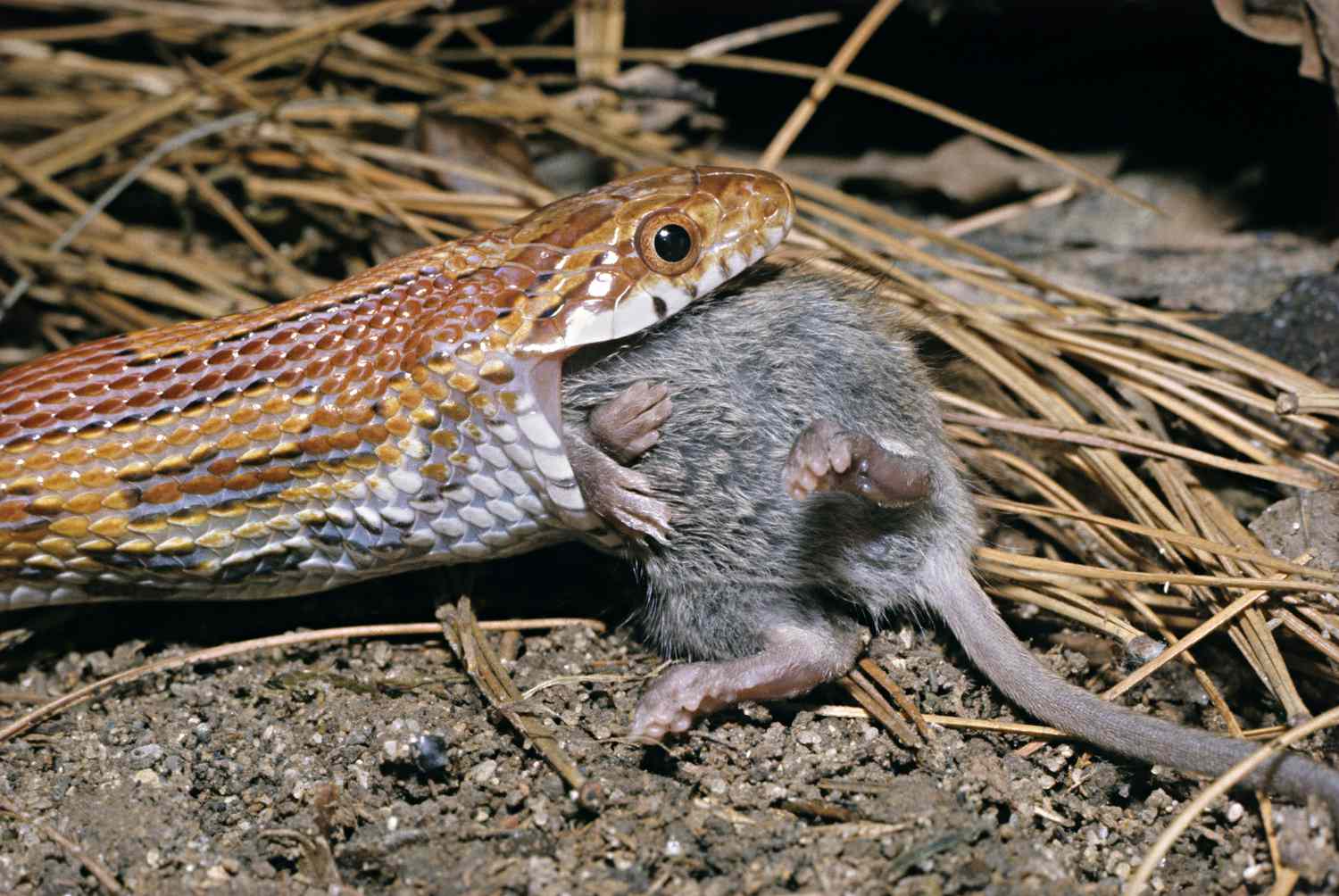
- Snakes are carnivorous and mostly feed on small mammals, birds, eggs, fish, and insects.
- They can also occasionally eat amphibians, crustaceans, and other reptiles.
- The size of the prey depends on the size of the snake, with larger snakes eating larger prey such as birds and mammals.
- Snakes may also eat carrion or roadkill.
Size
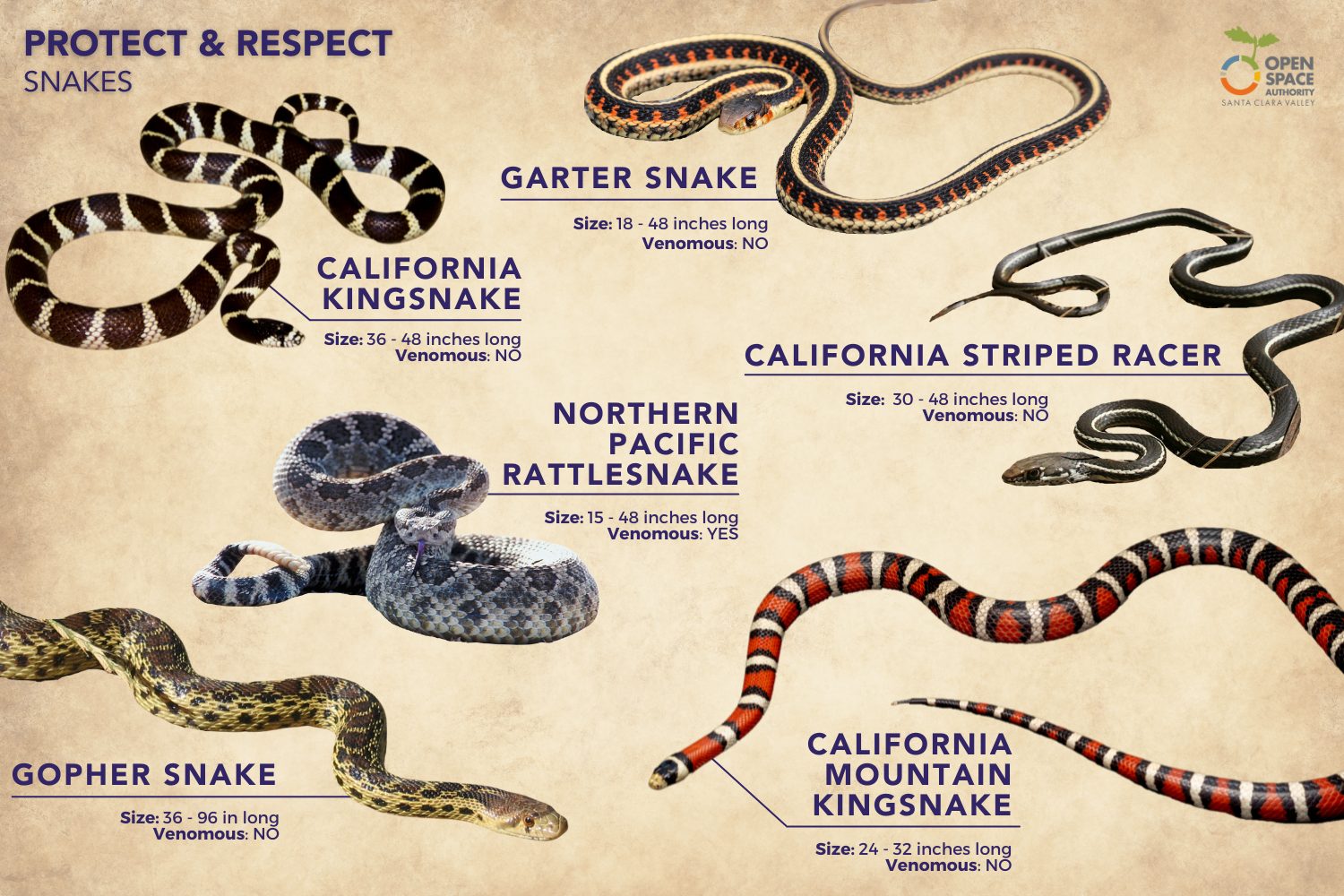
The lifespan of a snake is largely dependent on its size. Smaller species can live for around 5-10 years, while larger species such as pythons and boas can live for up to 25-30 years.
Climate
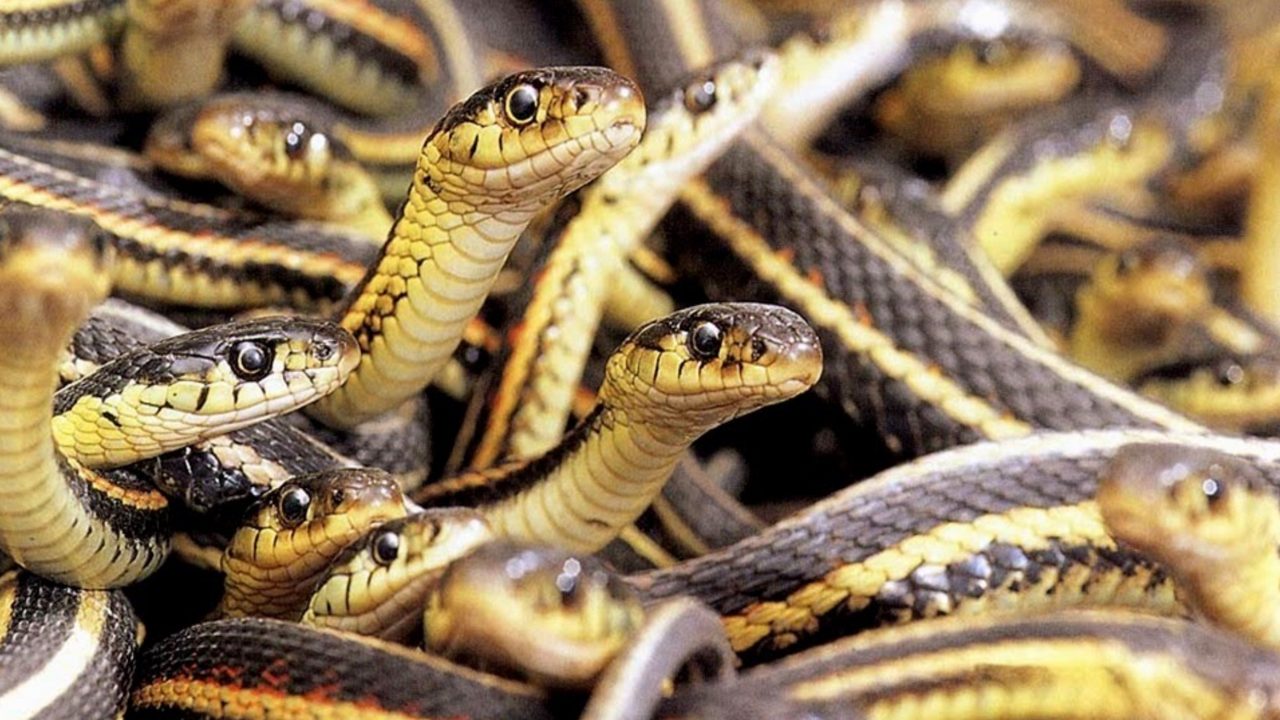
Snakes can live for anywhere from a few years to several decades depending on the species and their environment. In the wild, snakes may be subject to natural predators, disease, or weather conditions, all of which can decrease their lifespan. Snakes kept in captivity can live much longer, as they are protected from these threats and provided with food and veterinary care. The climate in which the snake lives can also influence its lifespan. Snakes that live in cold climates may live shorter lives due to the cold weather, while snakes in warmer climates may live longer due to the ideal temperatures.
Stress
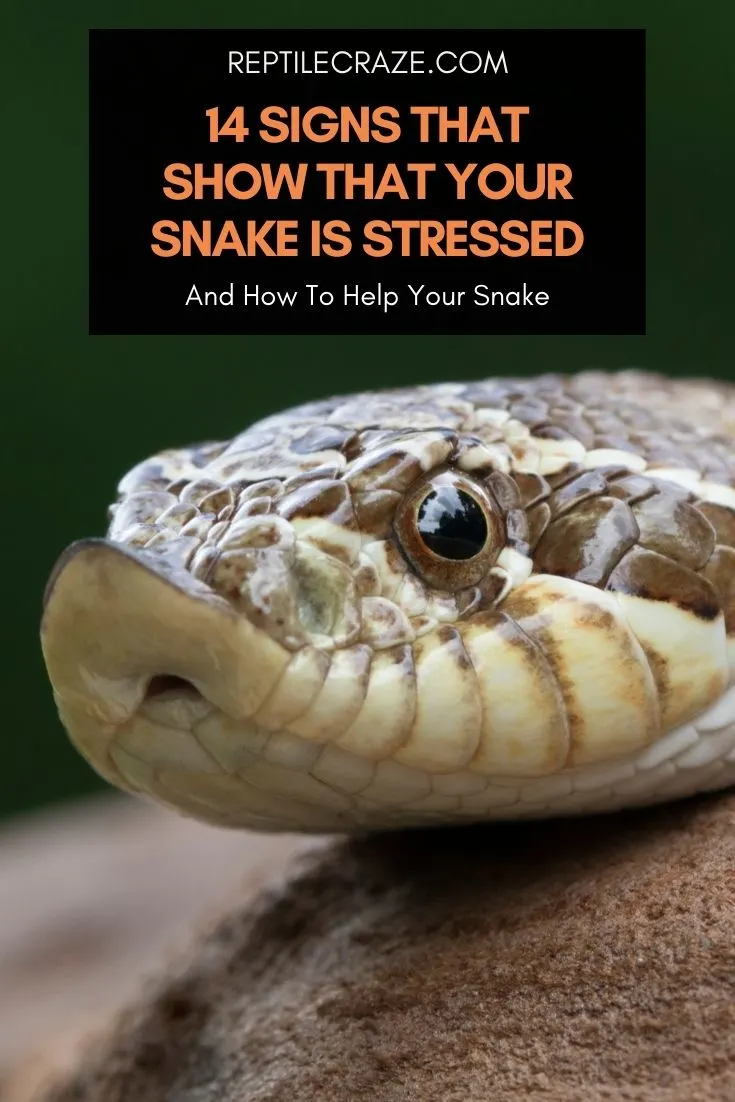
The amount of stress a snake experiences is an important factor to consider when determining their lifespan. Stress can be caused by changes in environment or diet, overcrowding in captivity, or interactions with predators or prey. High stress levels can affect a snake’s overall health and wellbeing, resulting in a shorter lifespan. Stress can also cause a snake to become more susceptible to parasites and diseases, further shortening their lifespan. It is important to provide a stable, stress-free environment for a snake in order to maximize their lifespan.
Disease
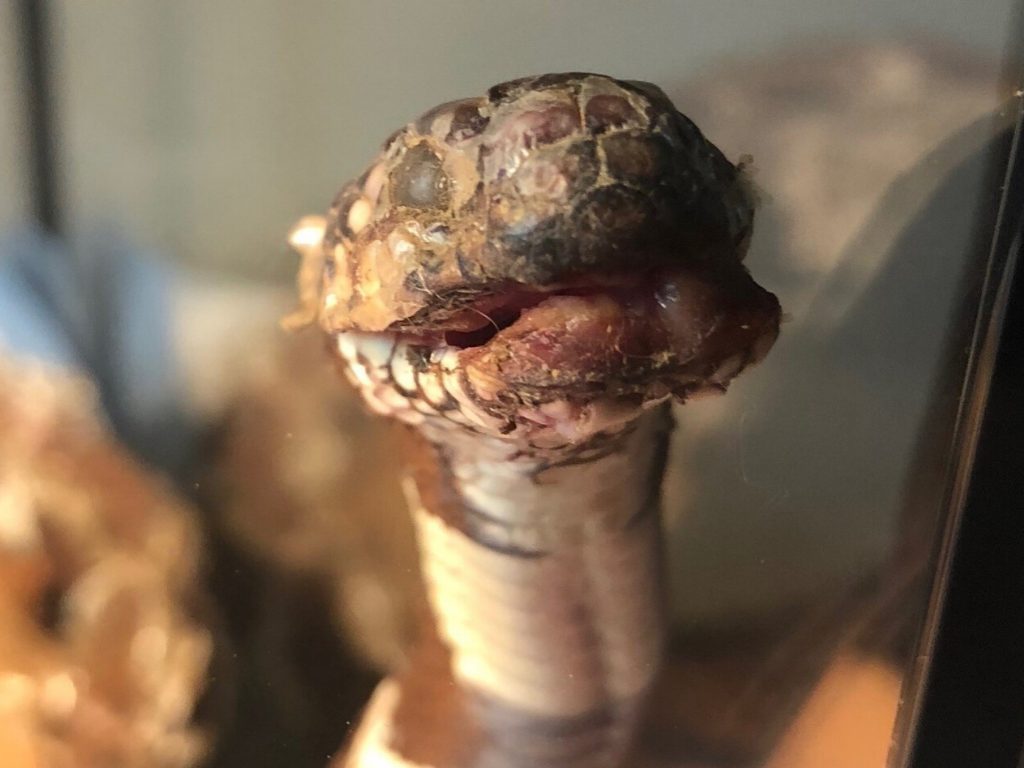
| Disease | Effect on Longevity |
|---|---|
| Respiratory Infections | Can reduce life expectancy |
| Parasitic Infections | Can reduce life expectancy |
| Viral Infections | Can reduce life expectancy |
| Bacterial Infections | Can reduce life expectancy |
| Fungal Infections | Can reduce life expectancy |
| Cancer | Can reduce life expectancy |
Diseases can have a significant impact on the life expectancy of snakes. Respiratory infections, parasitic infections, viral infections, bacterial infections, fungal infections and cancer can all reduce the life expectancy of a snake. In some cases, a severe or untreated infection can be fatal for a snake. It is important to monitor a snake’s health closely, seek veterinary care if necessary, and provide proper nutrition and environmental conditions to ensure a snake lives a long and healthy life.
Predators
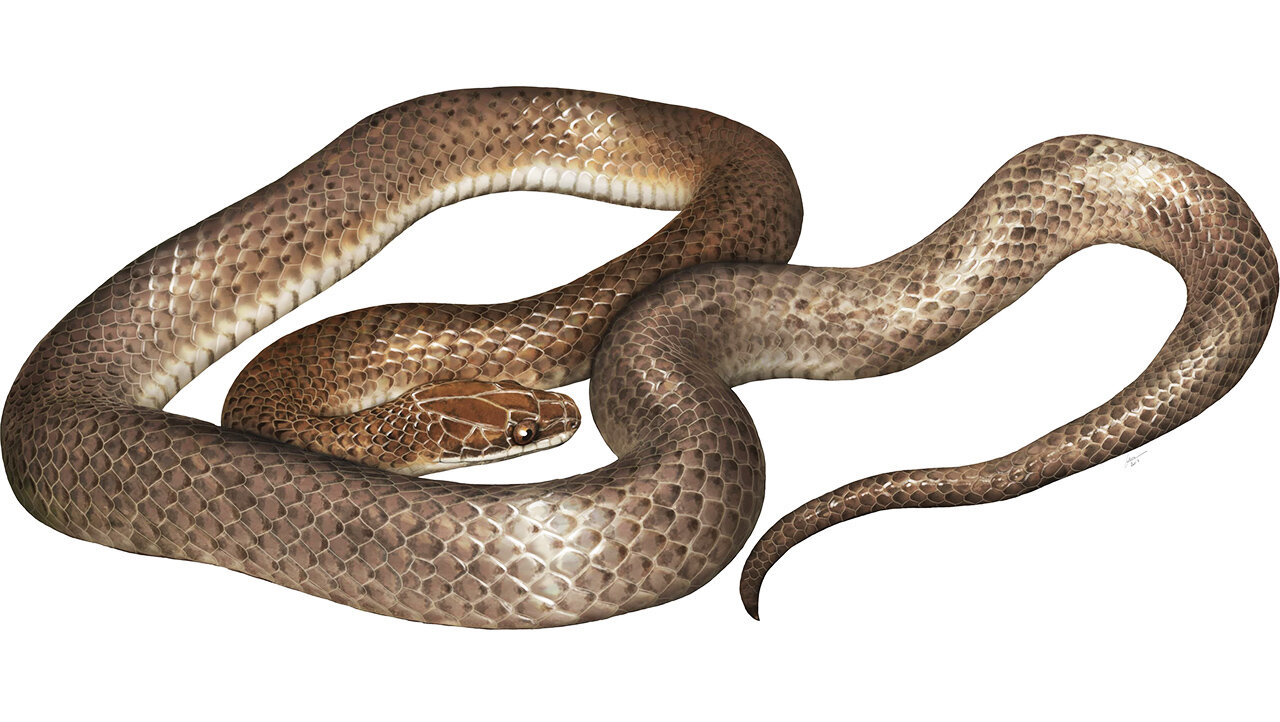
Snakes are hunted by a variety of predators, including hawks, owls, weasels, skunks, foxes, and even other snakes. Some snakes also fall prey to cats and dogs, as well as larger mammals such as raccoons and bears.
| Predator | Description |
|---|---|
| Hawks | A bird of prey that typically hunts from above. |
| Owls | A nocturnal bird of prey that typically hunts at night. |
| Weasels | A small, carnivorous mammal that feeds on rodents and other small animals. |
| Skunks | A mammal with a distinctive striped pattern and a strong, unpleasant odor. |
| Foxes | A carnivorous mammal known for its reddish-brown fur and pointed ears. |
| Cats | A domesticated mammal known for its sharp claws and its ability to chase small prey. |
| Dogs | A domesticated mammal known for its sharp teeth and its ability to chase small prey. |
| Raccoons | A mammal with a distinctive black and white pattern and a penchant for scavenging. |
| Bears | A large, omnivorous mammal with a thick coat of fur, known for its strength and aggression. |
The type of predators that hunt snakes depends largely on the size, habitat, and defensive capabilities of the snake. Smaller species of snakes, such as garter snakes, may be hunted by small mammals, birds, and even other snakes. Larger snakes, such as pythons and boas, are more likely to be hunted by wolves, foxes, and other larger predators.
Lifespan of Pet Snakes
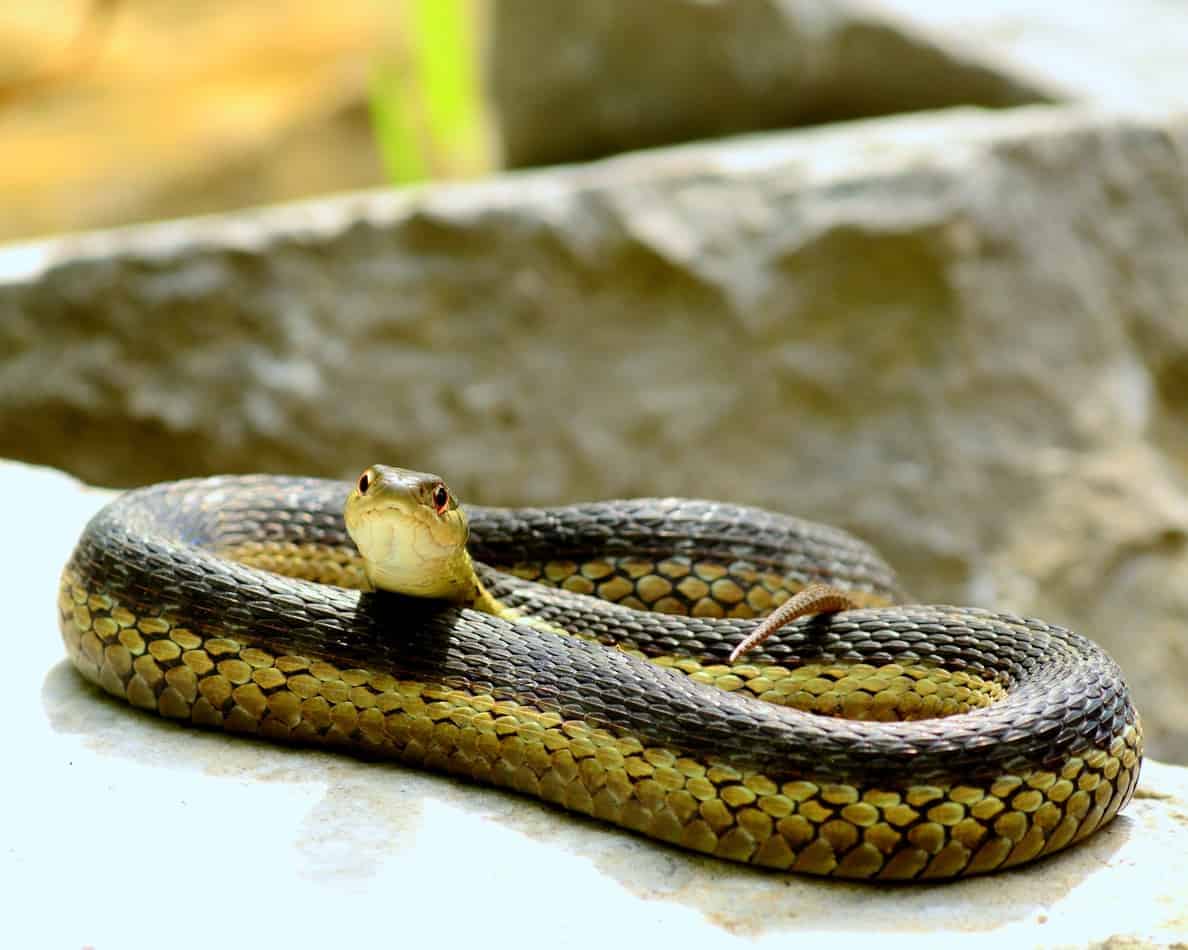
| Snake Species | Lifespan (In Years) |
|---|---|
| Corn Snake | 10-15 |
| Gopher Snake | 12-15 |
| Ball Python | 20-30 |
| Kingsnake | 10-20 |
| Garter Snake | 3-6 |
| Reticulated Python | 20-30 |
Pet snakes have varying lifespans depending on the species. Corn snakes have an expected lifespan of 10-15 years, Gopher snakes 12-15 years, Ball pythons 20-30 years, Kingsnakes 10-20 years, Garter snakes 3-6 years, and Reticulated pythons 20-30 years.
Factors That Increase Lifespan
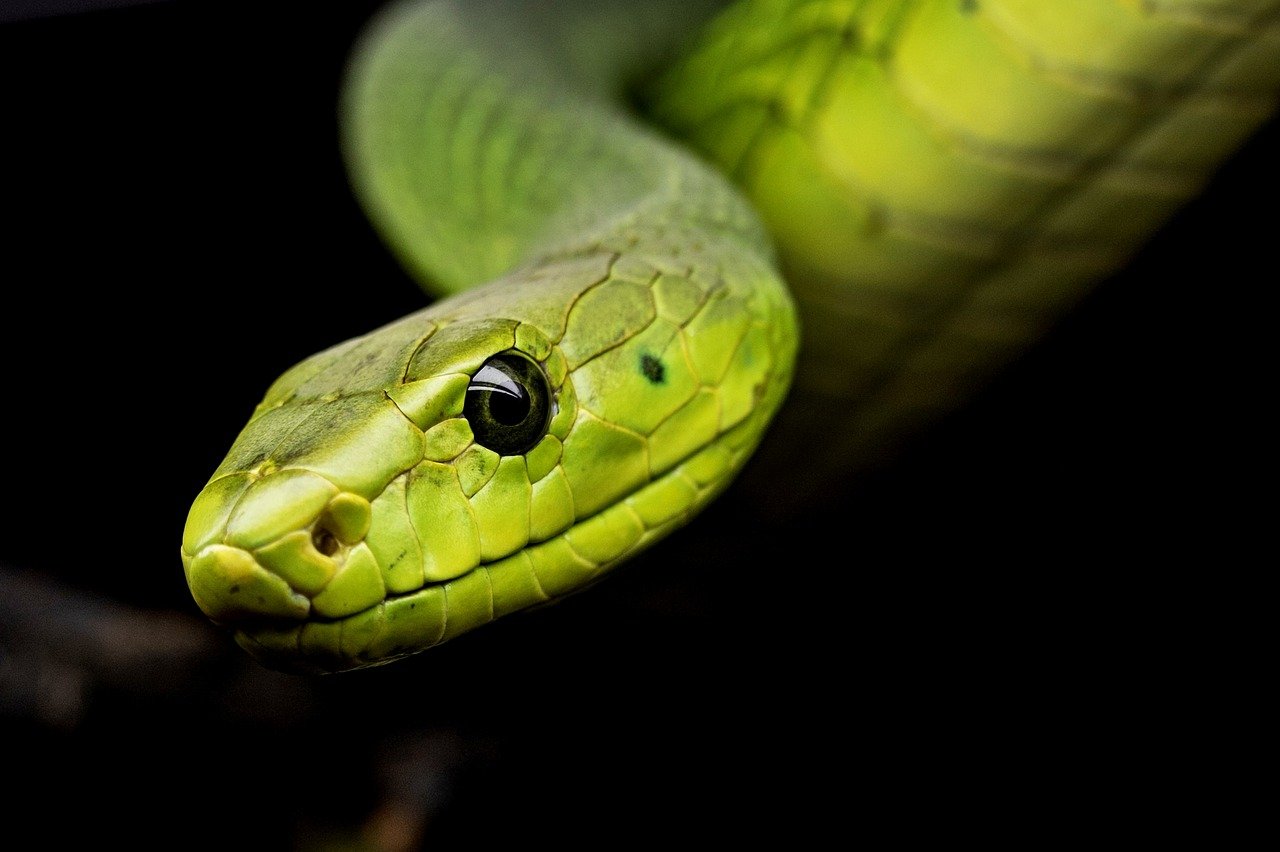
| Factor | Explanation |
|---|---|
| Proper Nutrition | A balanced diet, including vitamins and minerals, is essential for the overall health of the snake and can help to extend its lifespan. |
| Regular Exercise | Physical activity is important for snakes to stay healthy. A lack of exercise can lead to obesity and other health issues that can reduce its lifespan. |
| Social Interaction | Social interaction with other snakes is beneficial to a snake’s mental development, which can help increase its lifespan. |
| Optimal Temperature | Snakes require an optimal temperature to remain healthy and active. Heating and cooling systems can be used to maintain the right temperature in a snake’s enclosure. |
| Regular Veterinary Care | Regular visits to a veterinarian can help to detect and treat any health issues that could reduce a snake’s lifespan. |
Factors That Decrease Lifespan
| Factor | Effect on Lifespan |
|---|---|
| Inadequate Diet | Consuming an inadequate diet can lead to a shorter lifespan for snakes. |
| Inadequate Enclosure | A small enclosure or lack of enrichment or hiding spots can lead to stress-related issues, resulting in a shorter lifespan. |
| Parasites/Diseases | Parasites and diseases can lead to deterioration of the snake’s health, resulting in a shorter lifespan. |
| Predation | Predation can cause a snake to die prematurely. |
| Injury | Injury can cause a snake to die prematurely. |
Snakes are usually able to live for a long time if they are provided with the proper care. However, there are several factors that can negatively affect their lifespan. Inadequate diet, inadequate enclosure, parasites/diseases, predation, and injury can all lead to a shorter lifespan for snakes.
Tips for Ensuring a Longer Lifespan
| Tip | Explanation |
|---|---|
| Provide Proper Housing | Provide a habitat that meets your snake’s needs. This includes having a large enough enclosure, the correct temperature and humidity, and the correct substrate. |
| Feed a Balanced Diet | Feed your snake a balanced diet. This includes a variety of foods and the right amount of food for your snake’s size and age. |
| Maintain Good Hygiene | Clean the enclosure regularly and keep an eye on your snake’s health. Make sure to seek veterinary care if you suspect your snake is ill. |
| Provide Enrichment | Provide stimulation and enrichment for your snake. This can include hiding spots, toys, and climbing branches. |
Frequently Asked Questions
What is the Average Lifespan of a Pet Snake?
Pet snakes typically live an average of 10-15 years, depending on the species. Healthy snakes can live up to 20 years or more in captivity with proper care and nutrition. Some species, such as the Ball Python, have been known to live as long as 40 years in captivity. Wild snakes may live shorter lives due to environmental and predatory factors.
How do age and environment affect a snake’s lifespan?
Snakes can live for a very long time, but their lifespan is affected by both age and environment. Age is the biggest factor, with most snakes living between 10 and 25 years. Snakes that live in the wild tend to have shorter lifespans than those kept in captivity, due to the risk of predation, injury, and environmental factors such as weather and food availability. Captive snakes are usually provided with a more stable environment and care, allowing them to live longer. The species of snake also influences its lifespan, with some species having shorter lifespans than others.
How long is the lifespan of a corn snake?
Corn snakes, which are native to the southeastern United States, typically live for about 10 to 20 years in captivity, with some living for even longer. In the wild, their lifespan is much shorter due to predation and disease. Corn snakes require regular veterinary care to maintain their health and longevity.
What are the differences between the lifespans of snakes in the wild and in captivity?
Snakes in the wild typically have shorter lifespans than those in captivity. This is because wild snakes are exposed to more natural predators, parasites, and diseases, as well as other environmental hazards such as extreme temperatures, drought, and food shortages. Captive snakes, however, are provided with shelter, food, and protection from predators and other hazards, and can live longer in these more controlled conditions. In addition, captive snakes often receive regular medical care, which can extend their lifespans.
How can a snake’s lifespan be extended?
Snakes can have long lifespans, especially when they are properly cared for and given the right environment. To ensure a snake has the longest lifespan possible, owners should provide the snake with a suitable enclosure, a proper diet, and regular check-ups with a veterinarian. Ensuring the snake is not exposed to dangerous chemicals, such as pesticides, and avoiding handling the snake too frequently can also help to extend its life. Additionally, providing a clean and stress-free environment with adequate temperature, humidity, and lighting can help maximize a snake’s lifespan.
Conclusion
The lifespan of a snake depends on the species, environmental conditions, and the care it receives from its owner. In general, snakes living in the wild live shorter lives than those in captivity. Proper husbandry practices, such as providing a healthy habitat and diet, can significantly increase the life expectancy of your snake. By understanding the different factors that influence a snake’s lifespan, you can ensure your pet lives a long and healthy life.
